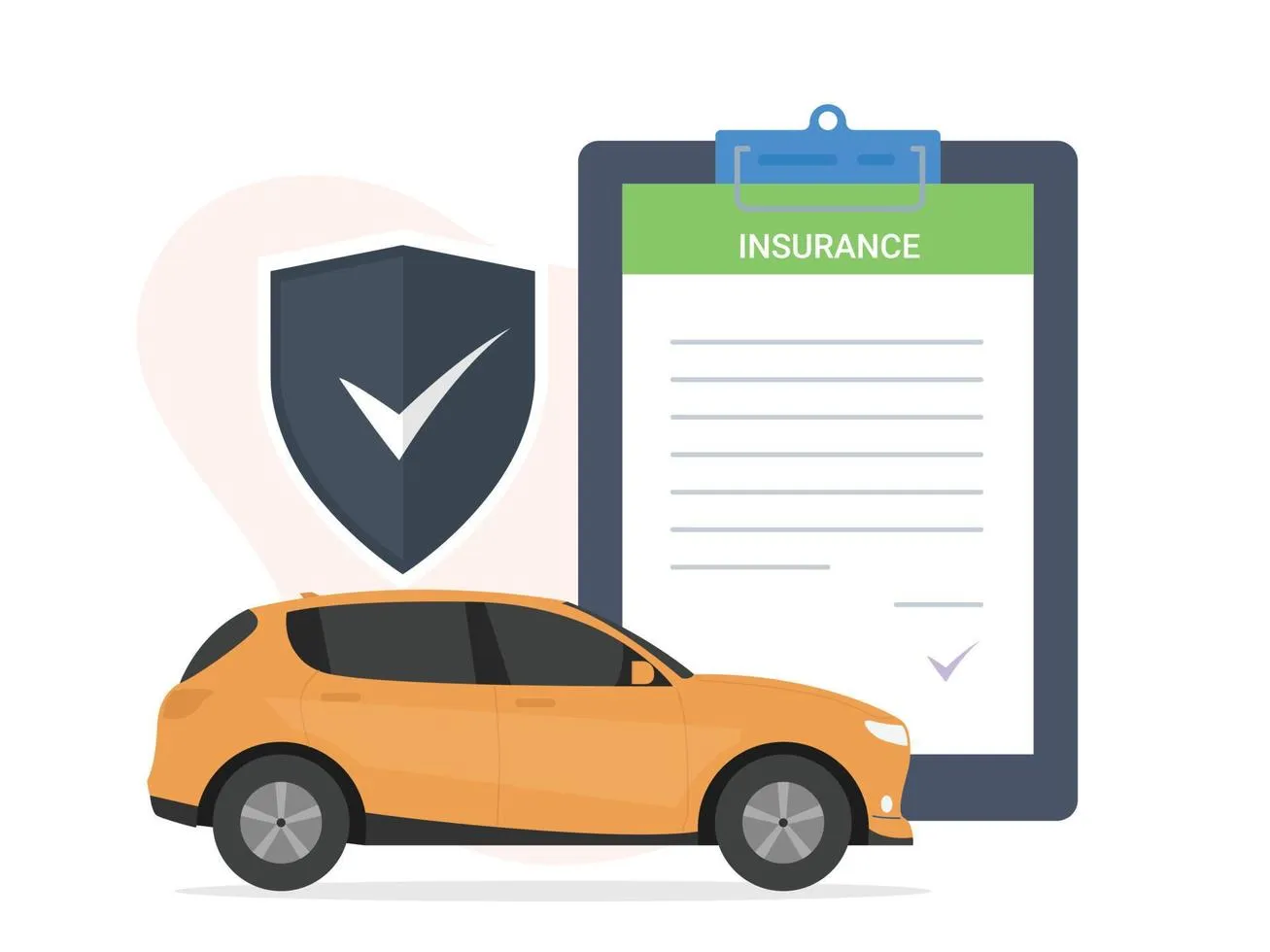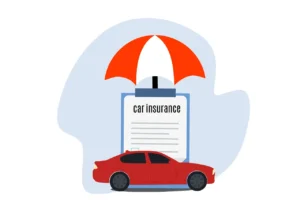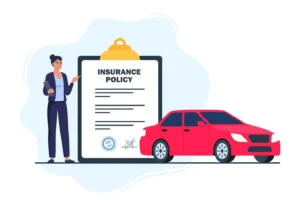Auto Insurance for New Drivers: Tips and Strategies

Becoming a new driver is an exciting milestone, but it comes with several responsibilities, and one of the most critical is securing auto insurance. Auto insurance not only provides financial protection in case of accidents but is also a legal requirement in many places. For new drivers, navigating the world of auto insurance can be overwhelming. This comprehensive guide aims to demystify the process and offer valuable tips and strategies to help new drivers obtain affordable and comprehensive auto insurance coverage as they embark on their journey on the road.
Contents
- Understanding the Basics of Auto Insurance
- Frequently Asked Questions (FAQs) about Auto Insurance for New Drivers
- Q1: Why do new drivers typically pay higher insurance premiums?
- Q2: Are there discounts available for new drivers?
- Q3: How can I find affordable auto insurance as a new driver?
- Q4: What is the importance of understanding policy coverage limits?
- Q5: Do I need comprehensive and collision coverage for an older vehicle?
- Tips and Strategies for New Drivers (Continued)
- Conclusion
Understanding the Basics of Auto Insurance
Before delving into tips and strategies, it’s essential to understand the basic components of auto insurance:
1. Coverage Types
Auto insurance typically consists of various coverage types, including:
- Liability Coverage: This coverage pays for damages and injuries you cause to others in an accident.
- Collision Coverage: It covers damages to your vehicle resulting from a collision with another vehicle or object.
- Comprehensive Coverage: This coverage protects against non-collision-related damages, such as theft, vandalism, or natural disasters.
- Personal Injury Protection (PIP) or Medical Payments: PIP covers medical expenses for you and your passengers, while medical payments coverage pays for medical bills regardless of fault.
2. Deductibles
Deductibles are the out-of-pocket expenses you must pay before your insurance coverage kicks in. Choosing a higher deductible can lower your premium but increases your financial responsibility in the event of a claim.
3. Premiums
Premiums are the periodic payments you make to maintain your insurance coverage. Various factors influence premium costs, including your age, driving history, vehicle type, and location.
4. Policy Limits
Each coverage type has specific limits, which represent the maximum amount your insurer will pay for a claim. It’s crucial to select limits that provide adequate protection.
Frequently Asked Questions (FAQs) about Auto Insurance for New Drivers
To address common concerns and queries new drivers often have regarding auto insurance, let’s explore some frequently asked questions:
A1: New drivers often face higher premiums due to their lack of driving experience. Insurance companies consider inexperienced drivers to be at a higher risk of accidents. However, premiums tend to decrease as you gain more experience and maintain a clean driving record.
Q2: Are there discounts available for new drivers?
A2: Yes, new drivers may be eligible for various discounts, such as a good student discount for those with good grades, or discounts for completing defensive driving courses.
Q3: How can I find affordable auto insurance as a new driver?
A3: To find affordable auto insurance, shop around and compare quotes from multiple insurers. Bundling your auto insurance with other policies and maintaining a clean driving record can also help reduce costs.
Q4: What is the importance of understanding policy coverage limits?
A4: Understanding your policy’s coverage limits is crucial to ensure you have adequate protection in case of an accident. Select limits that align with your financial situation and potential liabilities.
Q5: Do I need comprehensive and collision coverage for an older vehicle?
A5: It depends on your vehicle’s value and your financial situation. Comprehensive and collision coverage may be less necessary for older vehicles with low market value, as repairs may exceed the car’s worth. Evaluate your specific situation to determine the right coverage.
Tips and Strategies for New Drivers (Continued)
Continuing from where we left off, let’s explore additional tips and strategies to help new drivers secure the right coverage:
11. Understand Policy Exclusions
Familiarize yourself with your policy’s exclusions. Some policies may exclude coverage for certain situations or high-risk activities. Knowing these exclusions can help you make informed decisions.
12. Consider Telematics or Usage-Based Insurance
Some insurers offer telematics or usage-based insurance programs that monitor your driving habits. Safe driving can result in lower premiums through these programs.
13. Parental Policies and Named Drivers
New drivers, particularly young adults, can often save money by being added as a named driver on their parents’ policies. However, ensure that you are accurately listed and that the policy aligns with your needs.
14. Seek Professional Guidance
If you find the insurance process overwhelming, consider consulting an insurance agent or broker. They can provide expert advice and help you navigate the options available to new drivers.
15. Keep a Clean Record
Maintaining a clean driving record is one of the most effective ways to reduce insurance costs. Avoid accidents and traffic violations, as these can lead to increased premiums.
Conclusion
Securing auto insurance as a new driver is a vital step in your journey on the road. While it can seem complex and costly, with careful consideration and the right strategies, you can find affordable and comprehensive coverage that meets your needs. Remember that responsible driving and maintaining a clean record will not only keep you safe but also help you secure lower insurance premiums over time. By following these tips and strategies and being aware of common questions and concerns, you can navigate the world of auto insurance with confidence and financial security as you embark on your adventures as a new driver.









